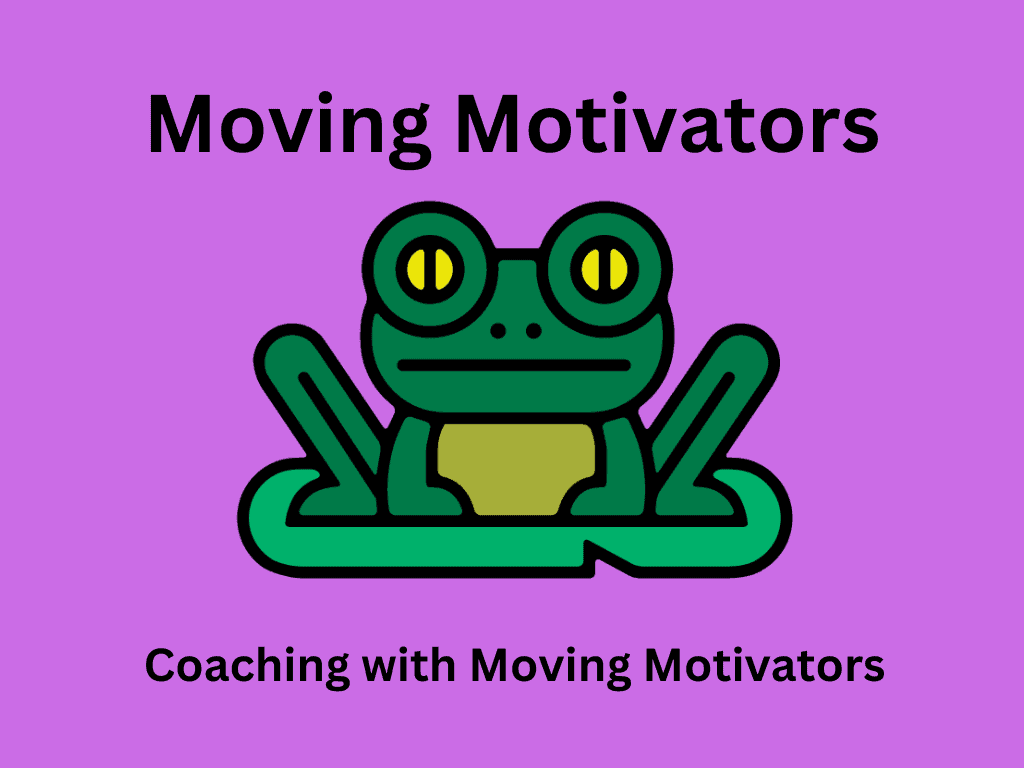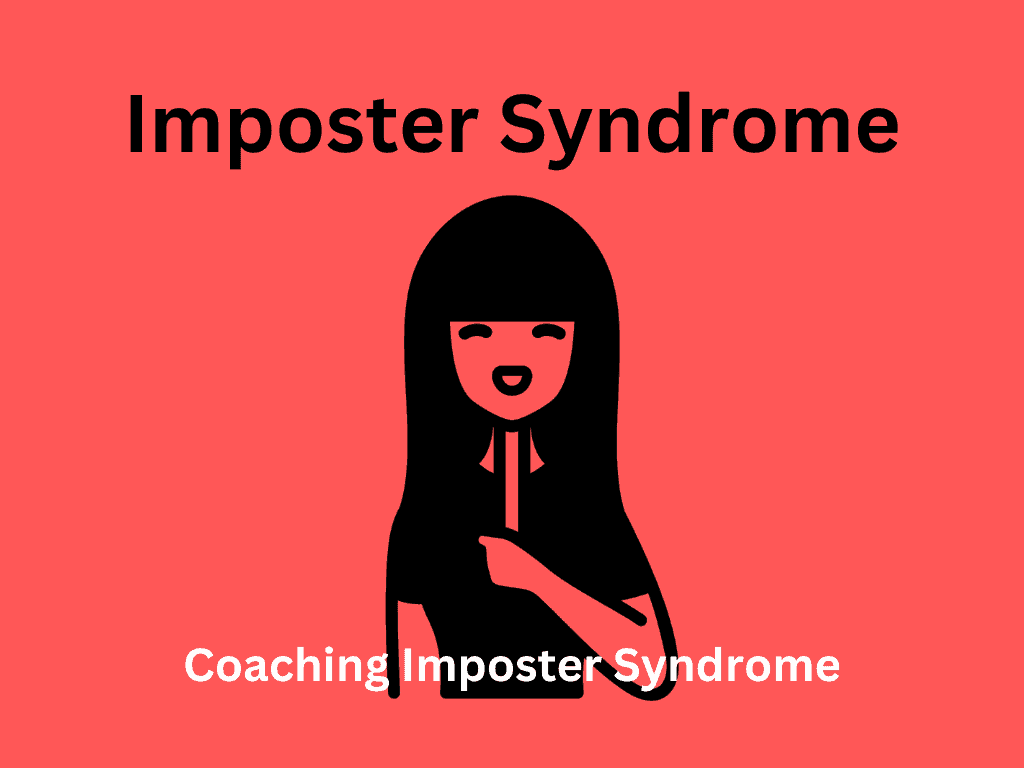As a professional and agile coach, I am always seeking out new tools to help my clients achieve their goals. When I first learned about Moving Motivators, I was intrigued by the concept of using motivators to help my clients’ discover what drives them and to understand their preferences. Over time, I’ve found Moving Motivators to be a powerful coaching tool that has helped me, as the coach, tailor my coaching sessions to better serve my clients’ needs. In fact, I decided to become a Management 3.0 facilitator myself – check out my profile here.
What are Moving Motivators?
Moving Motivators are a set of ten motivators, represented by cards, that can help people reflect on their behaviour and decision-making. These motivators were researched and compiled by Jurgen Appelo, as one of the Management 3.0 techniques.
 The ten motivators are:
The ten motivators are:
- Curiosity: The desire to learn and explore new things.
- Honor: The desire for integrity, respect, and recognition.
- Acceptance: The need to be acknowledged and appreciated for who we are.
- Mastery: The desire to improve our skills and become better at what we do.
- Power: The need to influence and control our environment.
- Freedom: The desire for autonomy and the ability to make our own choices.
- Relatedness: The need to connect and build relationships with others.
- Order: The need for structure and organization.
- Goal: The desire to achieve something meaningful.
- Status: The need for social recognition and prestige.
The first letters make up the acronym CHAMPFROGS – hence the picture of the frog.
Types of Motivator
The 10 motivators listed above are a mix of intrinsic and extrinsic motivators. It’s worth exploring those a little further.
Intrinsic Motivators
Intrinsic motivators are internal factors that drive an individual to take action. These motivators are driven by personal satisfaction, a desire for personal growth and development, and a sense of accomplishment. According to Jurgen Appelo,” intrinsic motivators are more powerful than extrinsic motivators because they come from within and are tied to personal fulfillment and satisfaction.
Examples of intrinsic motivators include:
- Personal growth and development
- Mastery of a skill or task
- Autonomy and independence
- Creativity and innovation
- Sense of purpose and meaning
In the workplace, intrinsic motivators can be leveraged by providing people with opportunities for personal and professional growth, encouraging autonomy and independence, and creating an environment that values creativity and innovation.
Extrinsic Motivators
Extrinsic motivators are external factors that drive an individual to take action. These motivators are often driven by rewards and recognition, such as bonuses, promotions, and praise. While extrinsic motivators can be effective in the short term, they are often less effective than intrinsic motivators in the long term because they do not provide the same level of personal fulfillment and satisfaction.
Examples of extrinsic motivators include:
- Money and other financial rewards
- Promotions and advancement opportunities
- Public recognition and praise
- Awards and prizes
In the workplace, extrinsic motivators can be used to reward employees for their hard work and achievements. However, it is important to note that relying solely on extrinsic motivators can lead to a culture of competition and can ultimately decrease motivation and satisfaction among employees.
How do Moving Motivators work?
The motivators can be used in different ways from individual coaching to team coaching workshops. We’re interested in 1 on 1 coaching sessions that looks like this”
- The coachee is given a set of 10 cards each describing a motivator.
- They are asked to rank the ten motivators cards in order of importance to them from left to right. It is useful for them to think out loud as they do this while the coach listens and questions.
- Once the cards are arranged, participants are asked to explain why they placed each motivator in that particular position.
Like all the games we uses it is the conversation that is most useful. This exercise helps individuals explore their preferences and assists in identifying what drives them to take action (or not ?).
A next step could be to consider an event that has or might impact a motivator in a positive to negative way. For example, I had a client who valued curiosity and freedom very highly. An organisational change has seen these motivators impacted in the form of a move to a different team that focused on supporting operational processes rather than analysis and business change.
How I have used Moving Motivators with clients
Identifying Key Motivators
I’ve used Moving Motivators with a wide range of clients, and I’ve found that the tool is effective in identifying the key motivators that drive their decision-making process. In each case, I began by asking my clients to rank the ten motivators in order of importance to them. I found that this activity helped me understand what motivated my clients and provided insight into their decision-making process. For example, one of my clients ranked “Curiosity” as their top motivator, while another ranked “Honor” as their top motivator. By knowing what motivated my clients, I was able to tailor my coaching sessions to their specific needs and help them achieve their goals.
Exploring Limiting Beliefs
Once a client has ranked their motivators, I asked them to explain why they had placed each motivator in that particular position. This often led to discussions around limiting beliefs and fears that were holding my clients back. For instance, one of my clients ranked “Freedom” as their top motivator but felt that their current job didn’t allow them the autonomy they desired. By addressing these limiting beliefs, we were able to explore new opportunities and help my client find a career path that aligned with their key motivators.
Setting Meaningful Goals
Moving Motivators also helped me set meaningful goals and intentions with my clients. By understanding what motivated them, I was able to help them set goals that aligned with their key motivators. For example, one of my clients ranked “Mastery” as their top motivator and wanted to improve their public speaking skills. Once we had discovered this need we explored how they might develop their skills and practice speaking in increasingly ‘unsafe’ situations. By setting intentions that aligned with their key motivators, my clients were more motivated and more likely to achieve their goals.
Reflecting on Progress and Change
Finally, Moving Motivators has helped us reflect on clients’ progress and development. By revisiting the motivators and asking my clients to re-rank them regularly, we are able to see how things have changed and hopefully progressed over time. Coaching is complex and there are not always clear answers to questions or reasons for outcomes. That is entirely okay and to be expected given how complex we are as individuals and when we interact as teams. For instance, one of my clients initially ranked “Status” as their top motivator, but after several coaching sessions, they realized that they valued “Freedom” more and made a career change that better aligned with this motivator.
Conclusion
Moving Motivators are a powerful coaching tool that can help coaches tailor their coaching sessions to better serve their clients’ needs. By using Moving Motivators, coaches can identify key motivators, explore limiting beliefs, set meaningful goals, and track progress. The tool helps individuals understand their priorities and assists in identifying what drives them to take action.
As a coach, I highly recommend using Moving Motivators in 1 to 1 coaching sessions. It’s a straightforward and effective tool that can help coaches understand their clients’ core motivators and provide a better coaching experience. I’ve seen firsthand how this tool can help clients achieve their goals and move forward in their lives. If you’re interested in learning more about Moving Motivators and the Management 3.0 framework, I highly recommend checking out the Management 3.0 website. They have a wealth of information and resources on how to become a better manager and leader.
In conclusion, Moving Motivators are a powerful coaching tool that can help coaches better understand their clients’ motivators and decision-making processes. By using Moving Motivators in 1 to 1 coaching sessions, coaches can identify key motivators, explore limiting beliefs, set meaningful goals, and track progress. It’s an effective tool that can help individuals achieve their goals and move forward in their lives.
References:
- Appelo, J. (2014). Management 3.0: Leading Agile Developers, Developing Agile Leaders. Addison-Wesley Professional.
- Management 3.0 website: https://management30.com/



